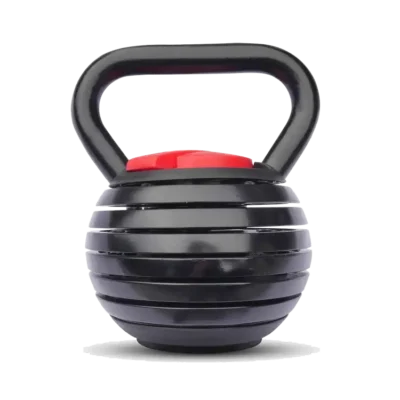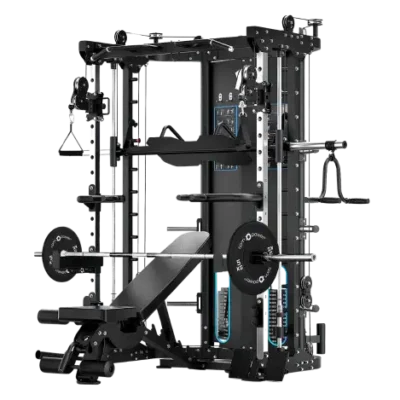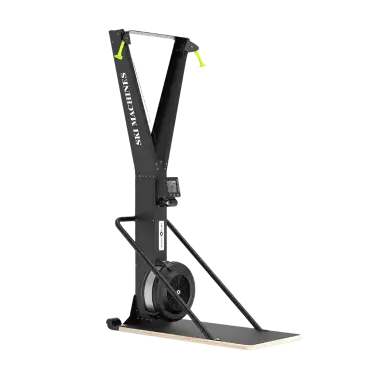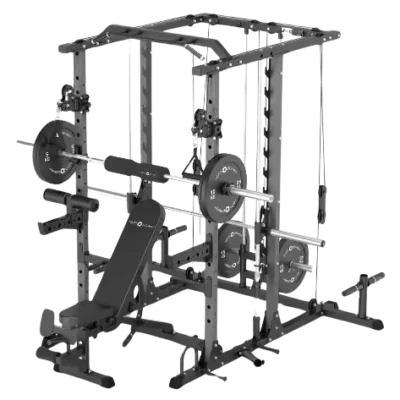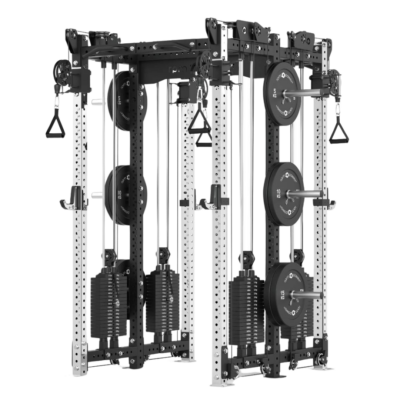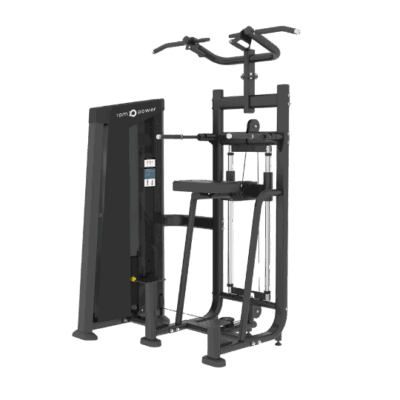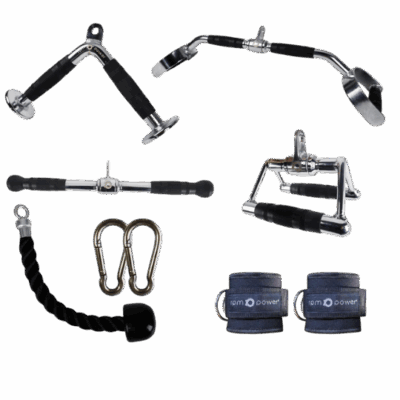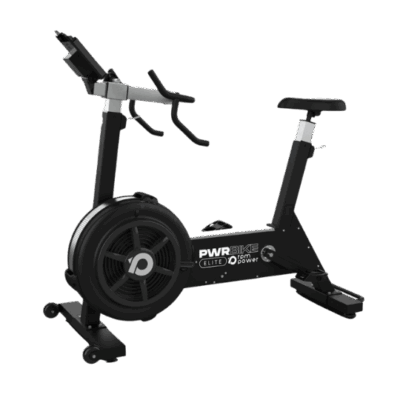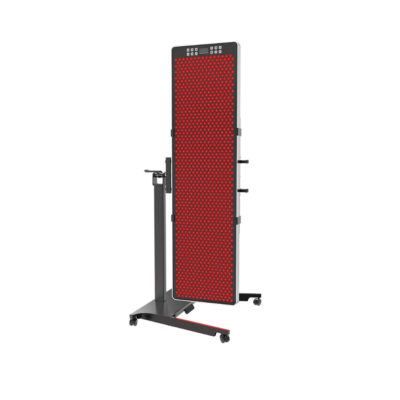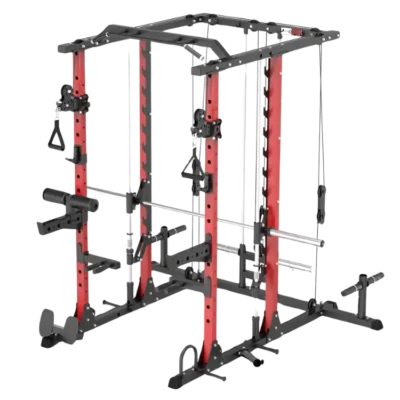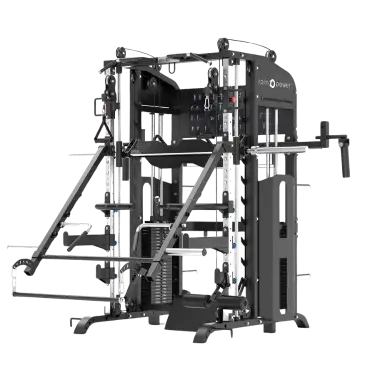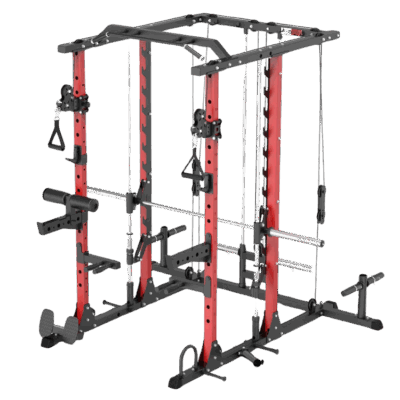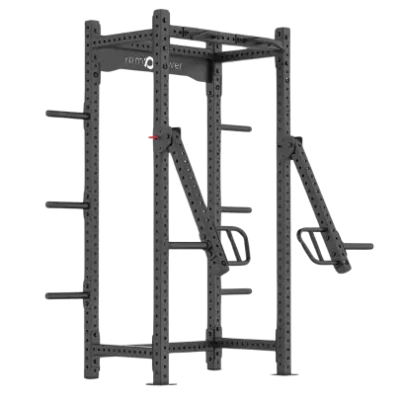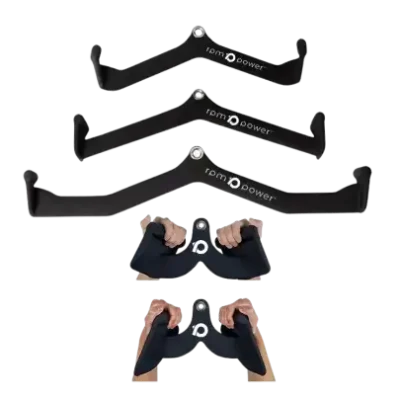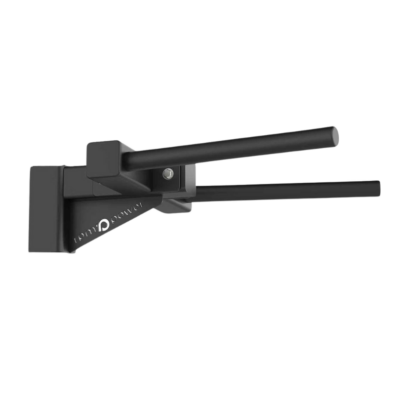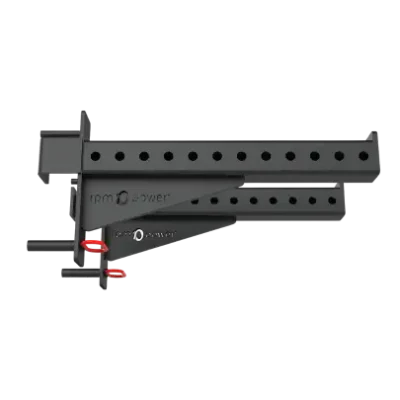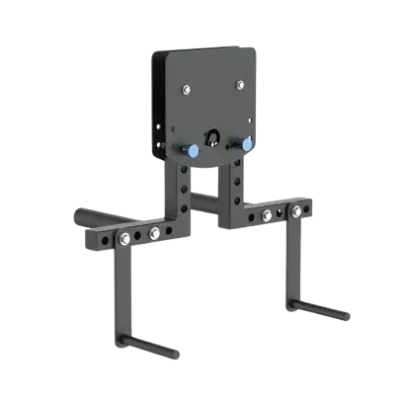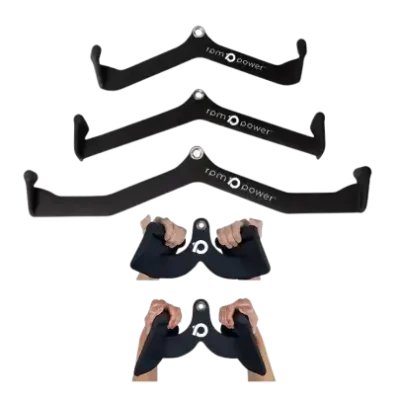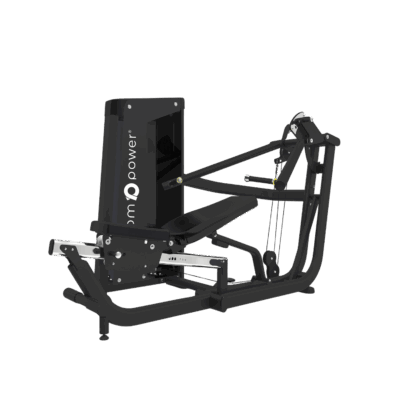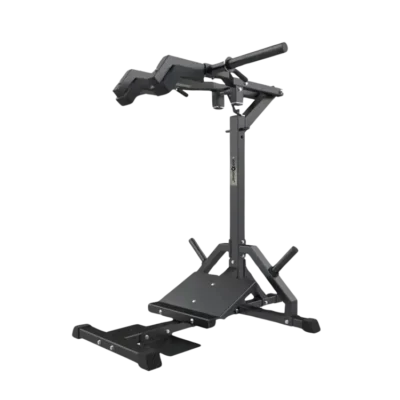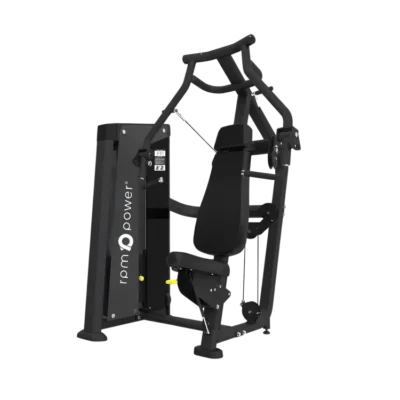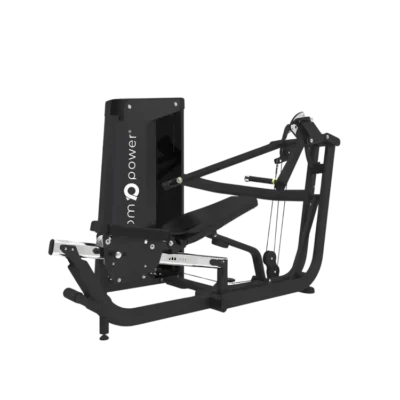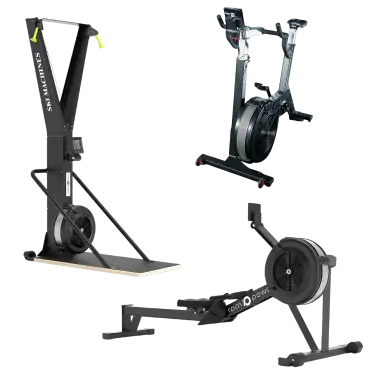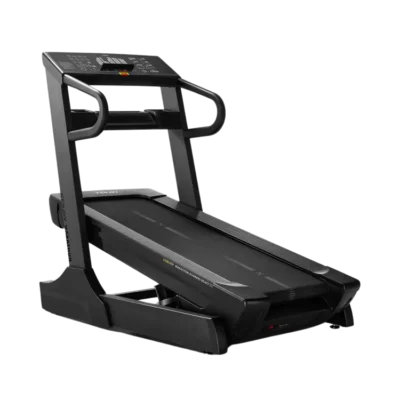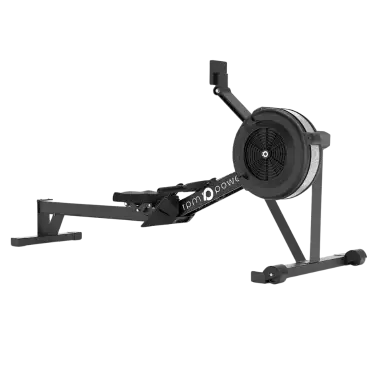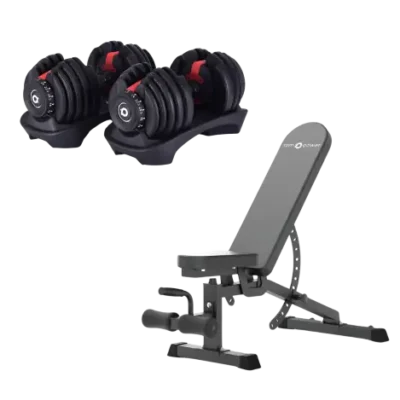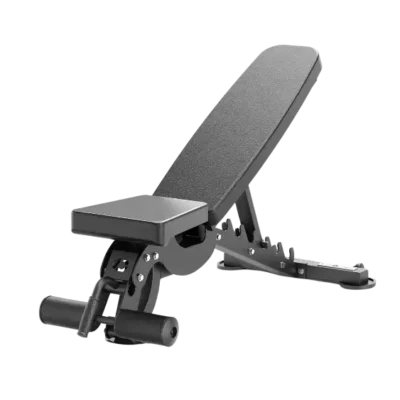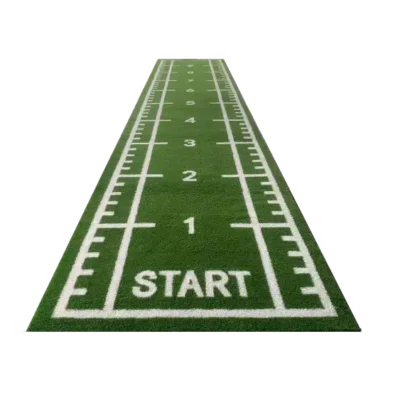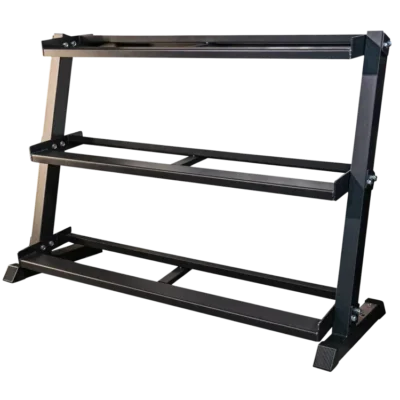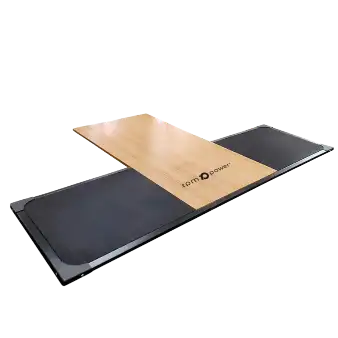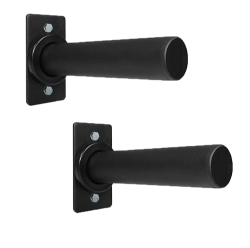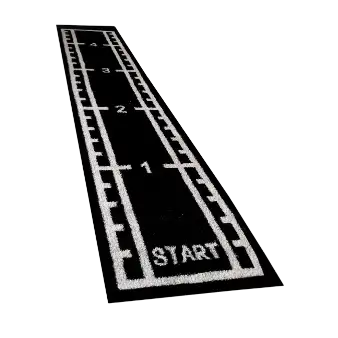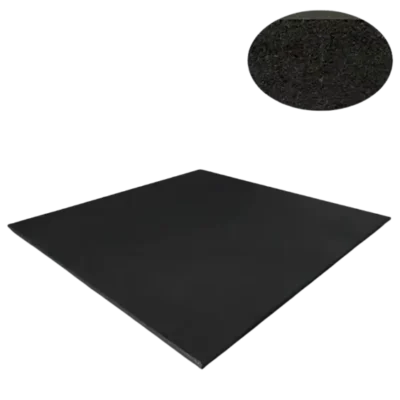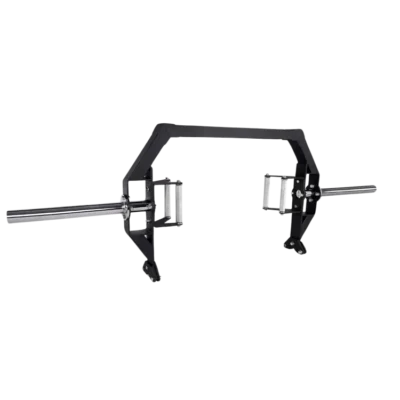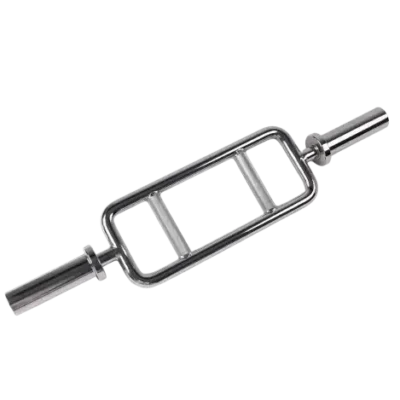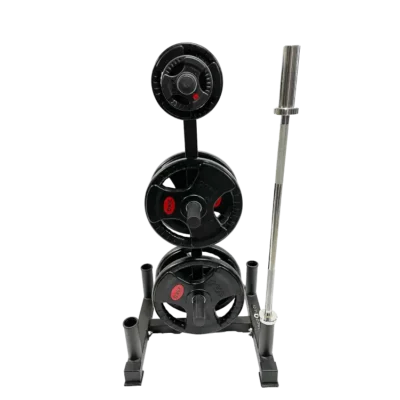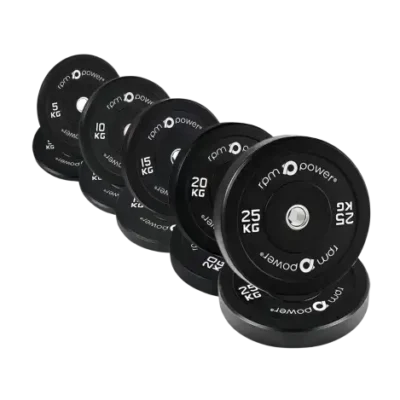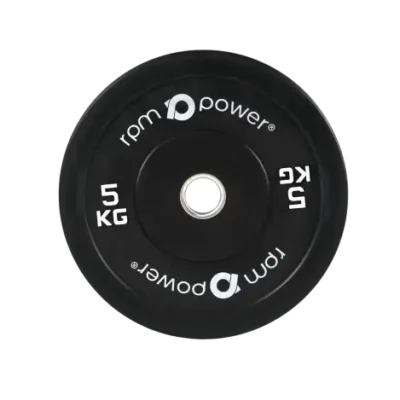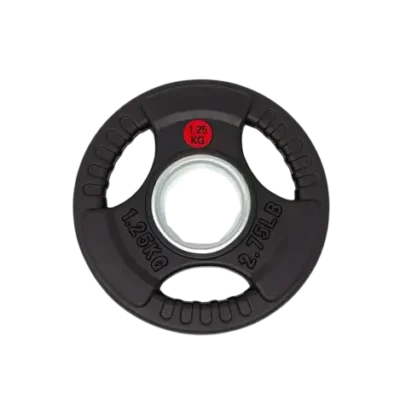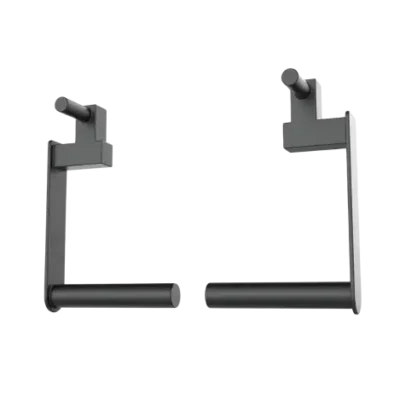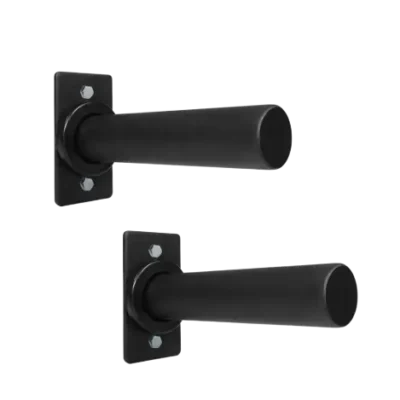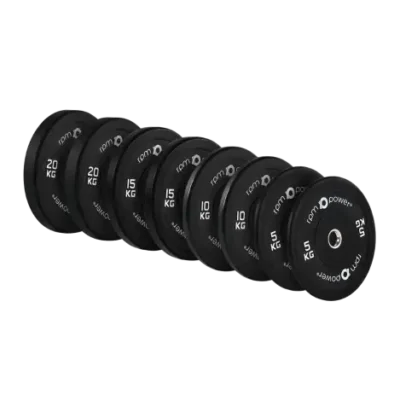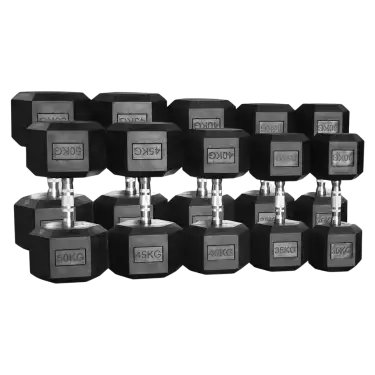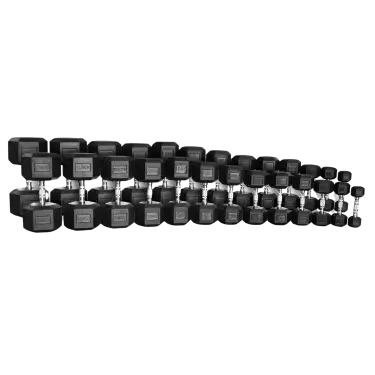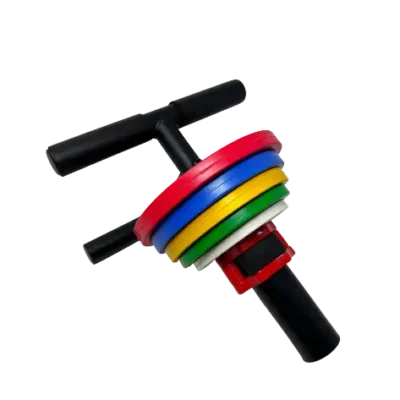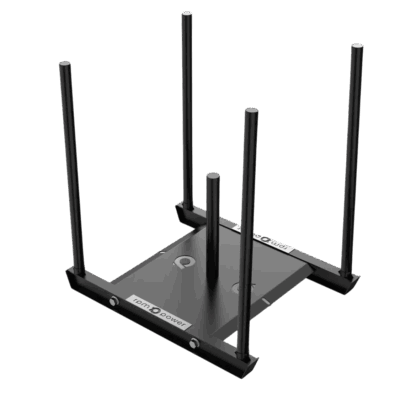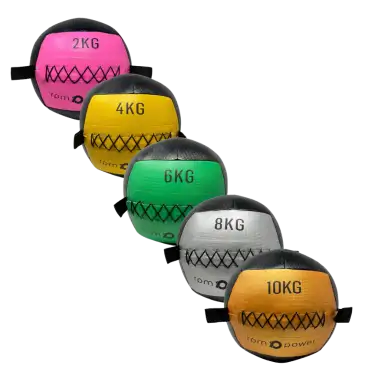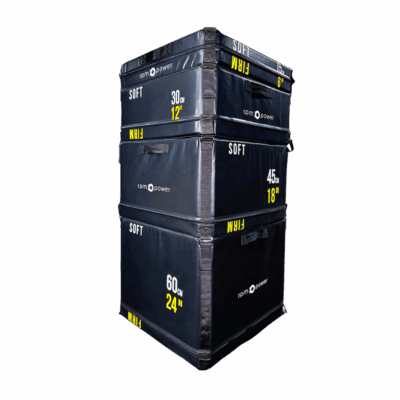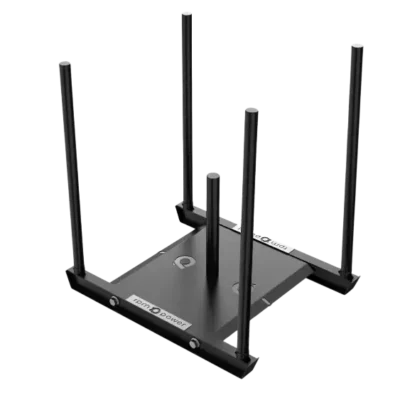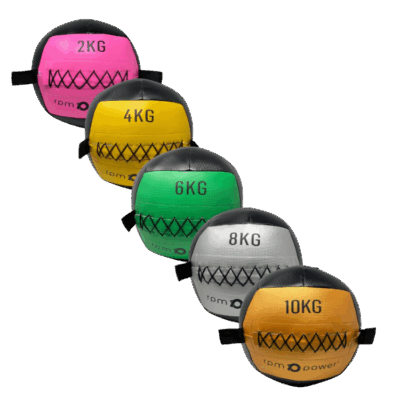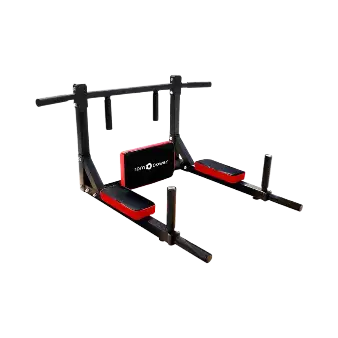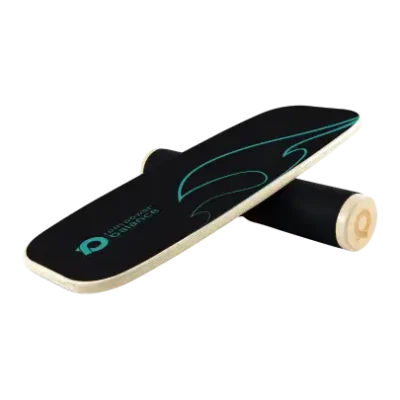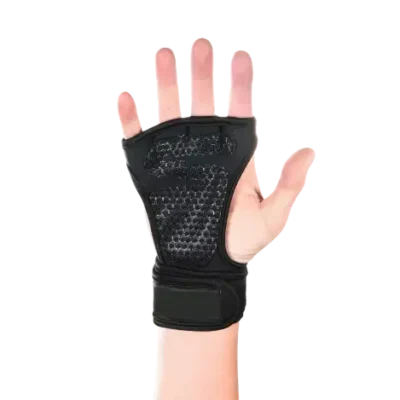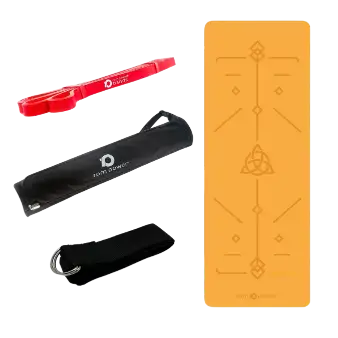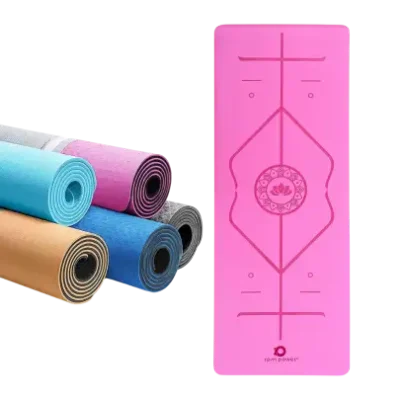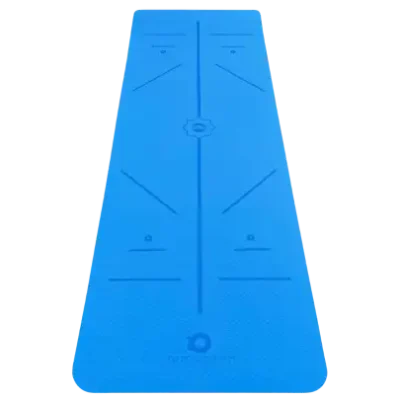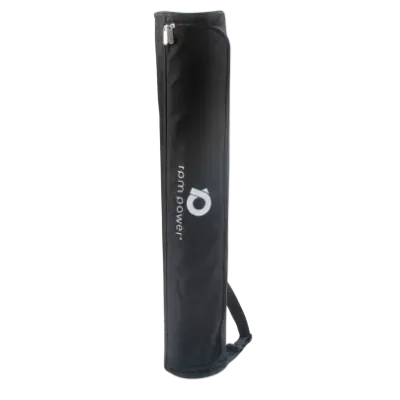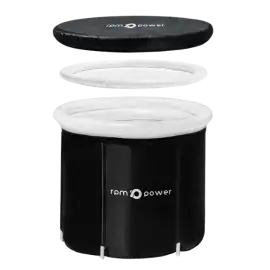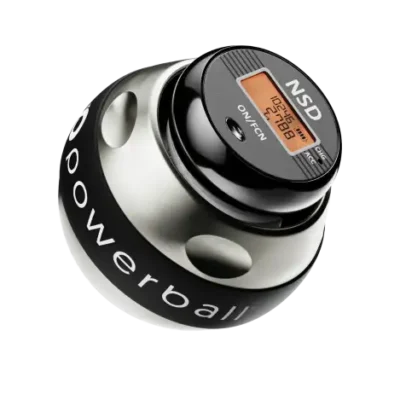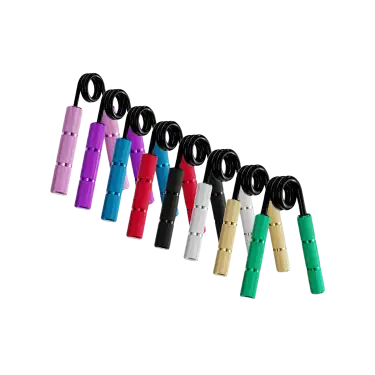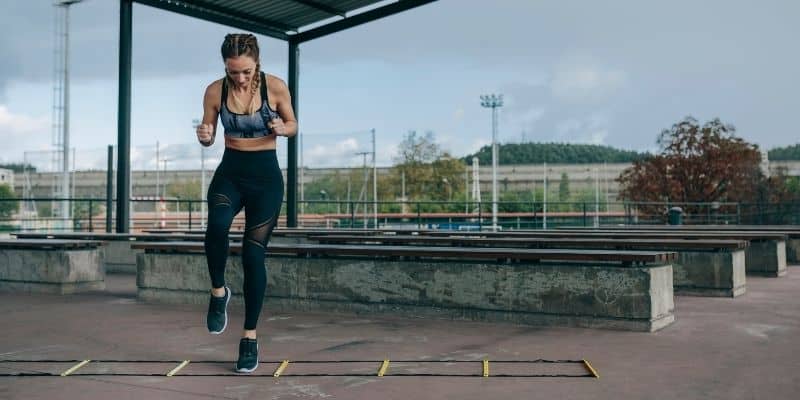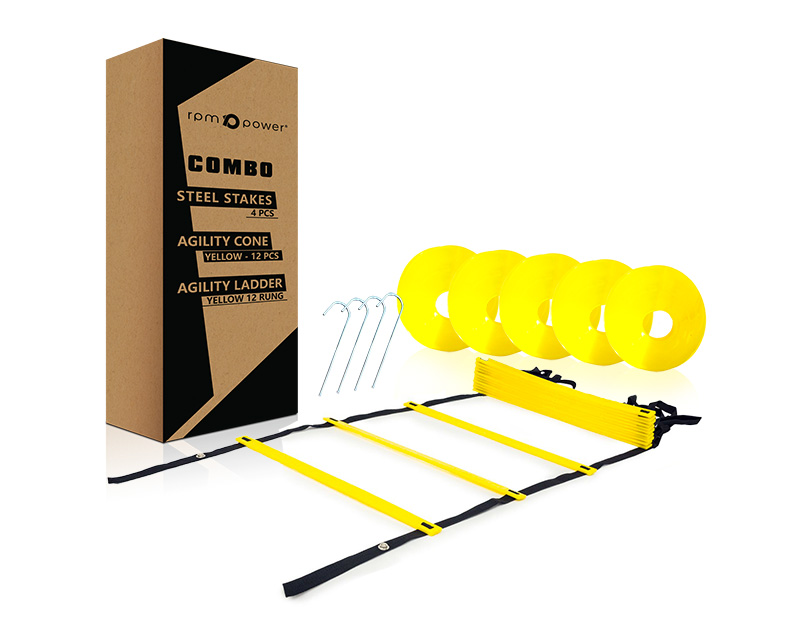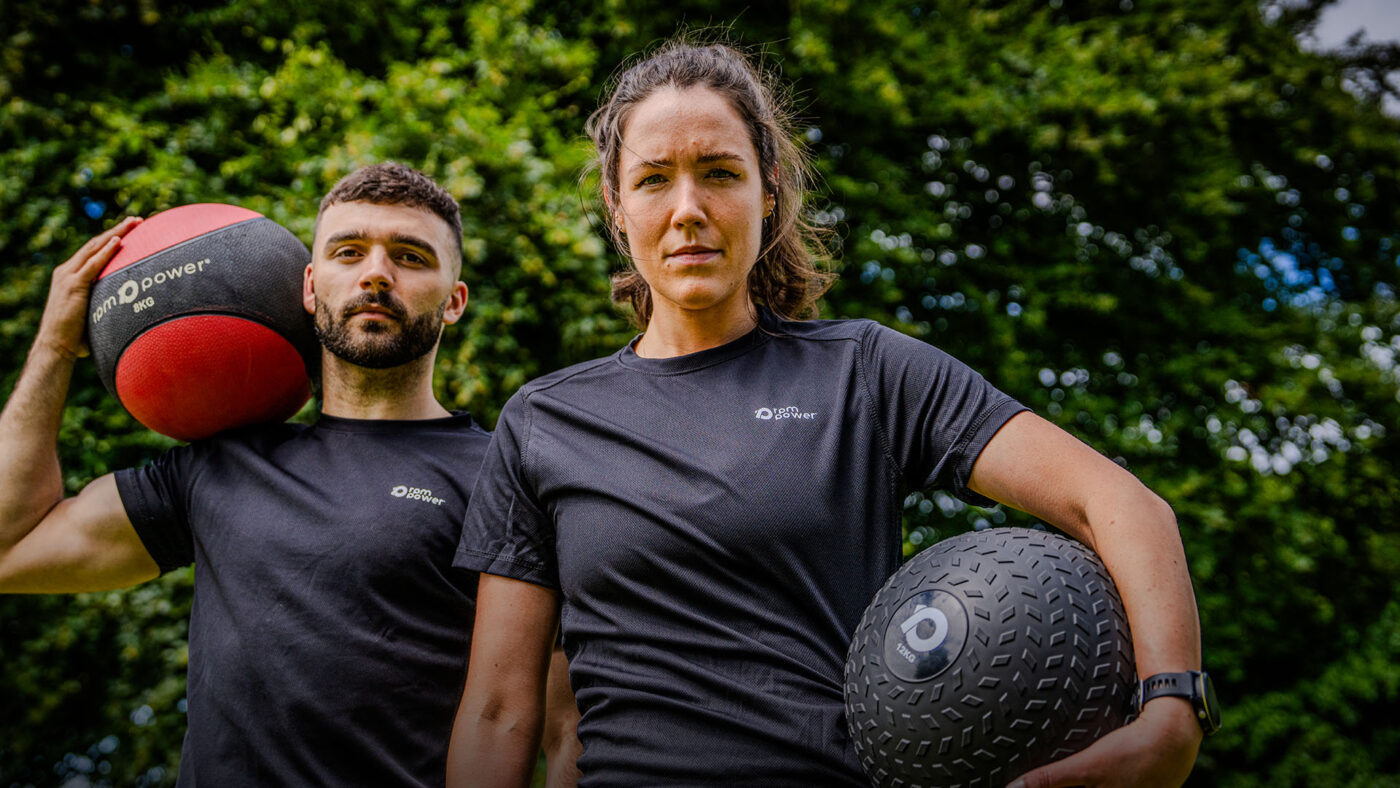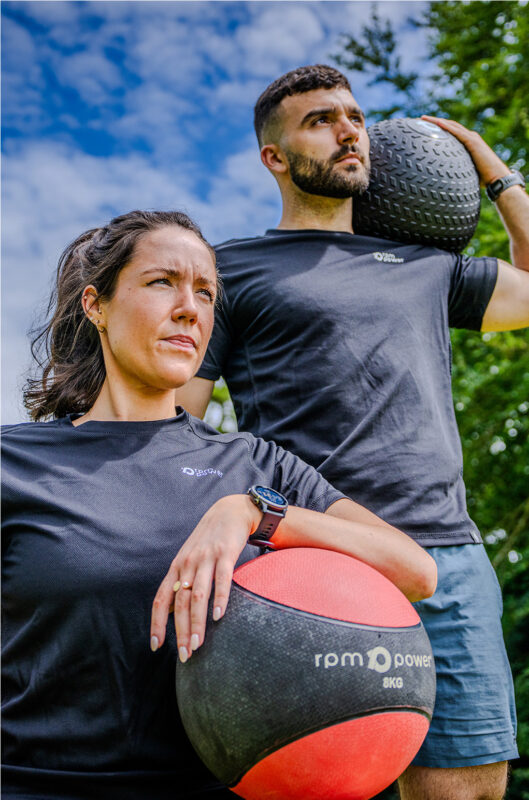Uncategorized
Speed and Agility Ladder Exercises – Top 10
ABOUT SPEED and Agility TRAINING
Regular workouts such as running and sprinting are a great way to improve your physical stamina and endurance, however if you want to get faster, incorporating speed and agility training into your workouts will make an enormous difference. Engaging in regular agility exercises will improve your agility, dexterity and most importantly, speed.
Speed and agility training usually consists of doing short, intense speed drills with quick feet and fast footwork. Theses exercises involve working your way through the agility ladder in various patterns without stepping on it. Performing agility ladder exercises means placing a lot of focus on using fast footwork, correct positioning and coordination in order to make your way through the ladder. Each agility exercise will involve different patterns, which we will explain in further detail below.
The Benefits of AGILITY LADDER EXERCISES
Speed and agility exercises will help you to improve many physical aspects of your performance in almost any speed-related sport. Doing these drills will require you to make slight movements that are repeated in quick, short bursts. As you get through the agility ladder, staying agile and on your feet is essential in order to complete the drill without failing. Not only are these drills useful for top athletes and performers, but they will help promote balance and muscle control, which will prove useful in everyday life.
Agility ladders can be used for group trainings sessions (and are already a popular training tool for team sports, like football and rugby), but they are also great for individual workouts too. Bring a speed ladder with you to your next outdoor workout to benefit from high-intensity plyometric exercises that will push your endurance and burn calories quickly.
how frequently should I practice Agility Exercises?
When trying speed ladder exercises for the first time, many people will notice the benefits it brings after only two weeks. Doing just two weeks of ladder-specific training can already bring about the benefits mentioned above, and most people will feel the difference in their dexterity and mobility in comparison to what they might feel after two weeks of running. We recommend focusing on incorporating agility exercises into your workouts about two to three times per week.
Because of the quick, high-intensity of speed and agility training don’t require a lot of time. Simply use the ladder for 15-20 minutes per week to make a difference in your progress.
The beauty of the agility ladder is that it can be used almost anywhere. In the garden, park, gym or living room – as long as you have the space required, it is very easy to incorporate speed and agility training into your regular workout routine.
how to choose an agility ladder
Here at RPM Power®, we have a one-size-fits-all Agility Ladder that is suitable for anyone, no matter what your fitness level may be.
Simply lay this 12-rung (5m) ladder out on the ground and get moving.
We offer our Agility Ladder as part of our Agility Ladder Combo Pack. Here you can benefit from our classic ladder plus 12 x Agility Cones & 4 x Steel Stakes. This combination of products is ideal for anyone who enjoys regular agility training, and all products can be used for both solo and group training.
Our Agility Ladder and cones are made from durable lightweight plastic, while the stakes are made from toughened steel. The pack also comes with a practical drawstring bag for safe storage and on-the-go training sessions.
Available in our store is also our New Octagonal Agility Ladder, which is designed for even more versatile speed and agility training. Check out these products and more by clicking the images or the ‘shop ladders’ button.
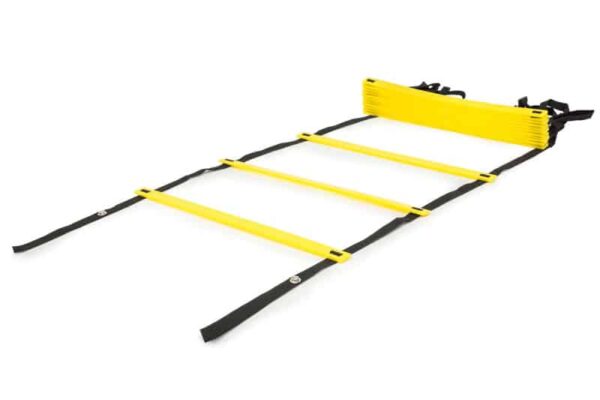
Agility Drills: getting started
It’s tough to know where to start with a speed ladder because of the nature of the training being more challenging than other forms of exercise. It’s important to take the time to slowly learn the steps of each exercise before speeding up and powering through the ladder.
When you start your first set of agility drills, take it very slow. Your priority should be to move through the exercises with small, light steps. Although the goal of speed ladder training will be to move as quickly as possible through the ladder, beginners should make sure they are staying on their toes and not touching the ladder as they do the movements.
Once you get used to the agility ladder, you will be able to confidently do the exercises with more balance and dexterity. With regular practice, you’ll see an indefinite improvement. The 10 speed and agility ladder exercises listed below are just some of the ways you can use your agility ladder. We recommend performing 5-10 sets of each individual exercise.
1 . Ickey Shuffle
This is probably the most popular speed ladder drill amongst those who train with agility ladders.
Begin on the right side of the agility ladder, then take a lateral step to the left, placing your left foot into the first box. Next place your right foot into the same box. Next take your left foot out of the ladder
Keep stepping laterally to the right side of the ladder with your right foot and move your left foot into the next ladder. Continue this until you get to the end of the ladder, then try to perform the same drill backwards once you are comfortable.

2 . Two feet in each square
This is a standard, yet efficient exercise to boost quick footwork and agility. Start this exercise by placing your two feet in each square before moving onto the next one. Try to stay on the balls of your toes as you move along the ladders.
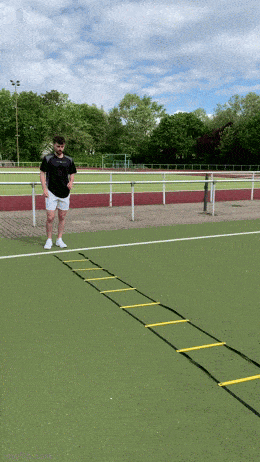
3 . In and out
While facing sideways, with a quick lateral step you will go in and out of each box, touching each box with both feet. Avoid hopping by stepping first with a lead foot, while pushing out off your back foot. Once you get to the end of the ladder, come back down, leading with your opposite foot. This is a great drill for quick feet.
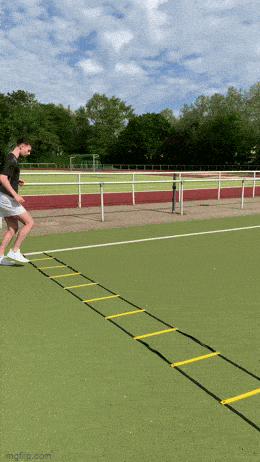
4 . Reverse ickey shuffle
Once you have mastered the standard Ickey Shuffle, this is a great exercise to improve your agility even more. Start off this exercise by really taking your time and focusing on the rhythm of the movement before picking up pace and going fast.
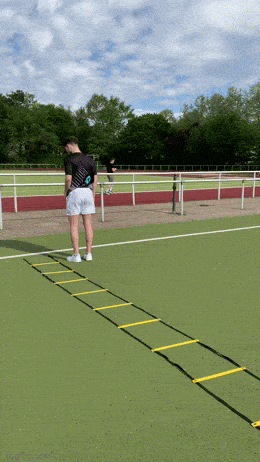
5 . carioca
This is another fantastic drill for increasing hip mobility. Start this exercise by standing on the left side of the speed ladder, then step sideways with your leading foot into the first box, cross stepping your rear foot behind your lead foot into the second ladder and so on. While doing this exercise, it is important to focus on fast hip rotation and quick footwork. Once you have completed one side, do it in the opposite direction.
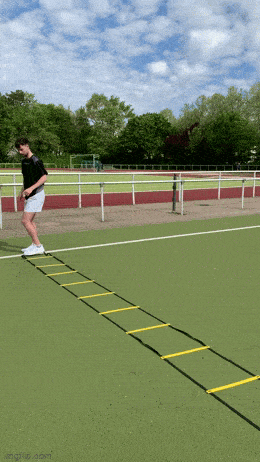
6 . Split step
This is a great exercise to improve your ‘split-step’, a common term used by athletes when referring to their ability to shift their weight to one foot and change direction. Being able to perform this exercise both forwards and backwards at a fast pace will prove beneficial to anyone looking to increase their pace off the mark.
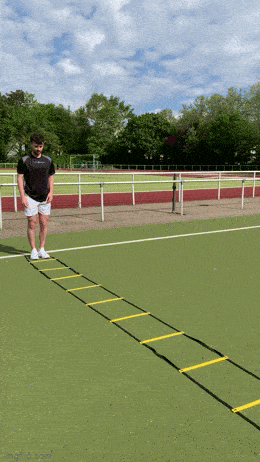
7 . Double foot hop
The double foot hop is an agility exercise that will help build power in your calf muscles by ensuring you can effectively ‘spring’ across the ladder rungs one hop at a time. Make sure to bounce off your toes, never letting your foot be flat on the ground.
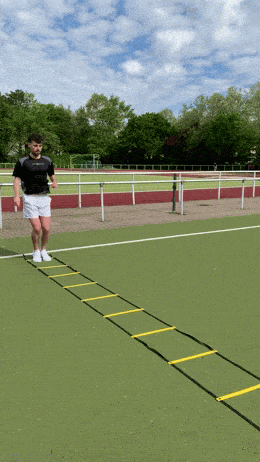
8 . Single Foot hop
A variation of the double foot hop, the single foot hop is a strenuous exercise that will require a lot of balance and coordination. Start this exercise by hopping through the ladders on one foot, jumping in and out of the hoops so that you are landing on either side of the ladder at each jump. This is a great exercise for anyone looking to develop stability in their legs.
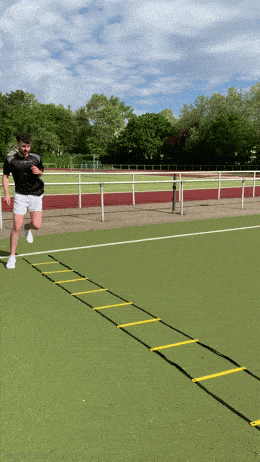
9 . Jumping lunges
The jumping lunge is a plyometric drill which is great for building explosive power in your legs. Start this exercise at the bottom of the ladder with one foot in the ladder and one foot out of it in a jumping position. Start by keeping your core engaged and your back up straight. As you jump between rungs, focus on landing on the balls of your heel rather than flat-footed. This will help you engage the correct muscles in your legs throughout the exercise.
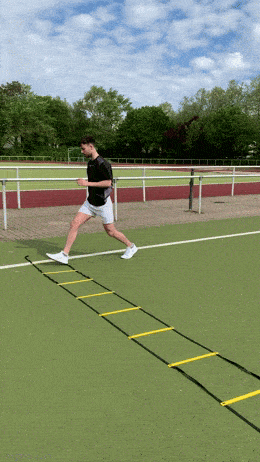
10 . jumping squats
Jumping squats are another plyometric exercise which will increase the power in your glute and hamstring muscles. Using the agility speed ladder with this exercise is a great way to focus on stability and accuracy in your jumping squat, rather than a stationary one. Always remember to power up through your legs when doing this exercise, which can only be achieved by getting low into the squat.
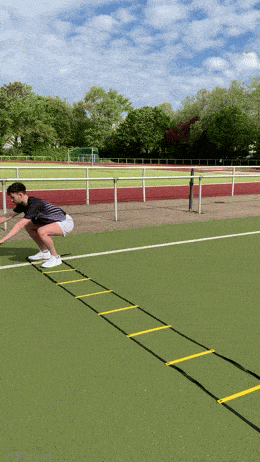
SUMMARY
To conclude, speed ladders are a fantastic way to improve speed, agility and dexterity and are in general, just a fun addition to any workout regime. If you are looking to improve your speed and coordination in general, speed ladders make an exceptional cardiovascular workout and is a great choice for people of all fitness levels.
To get an additional 10% off our Agility Combo Pack, use the code:
‘AGILITY10’

